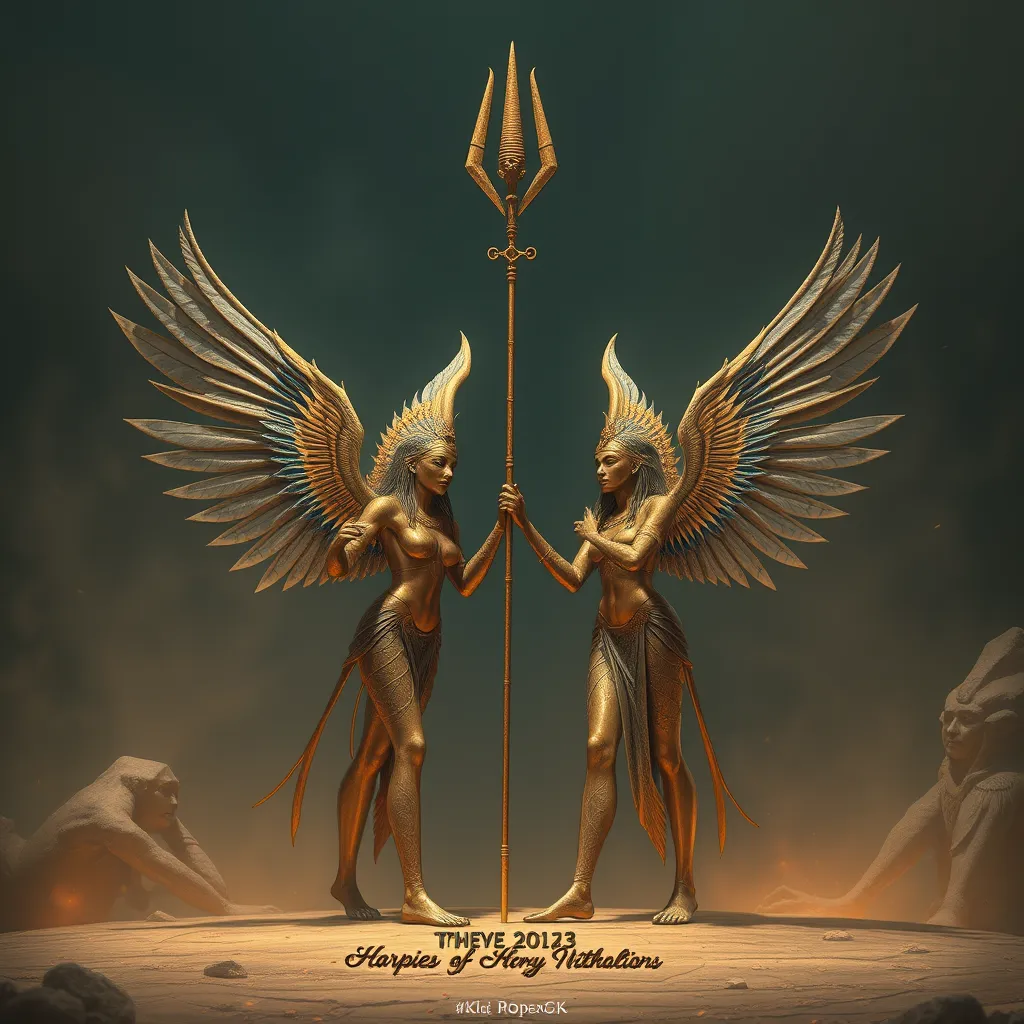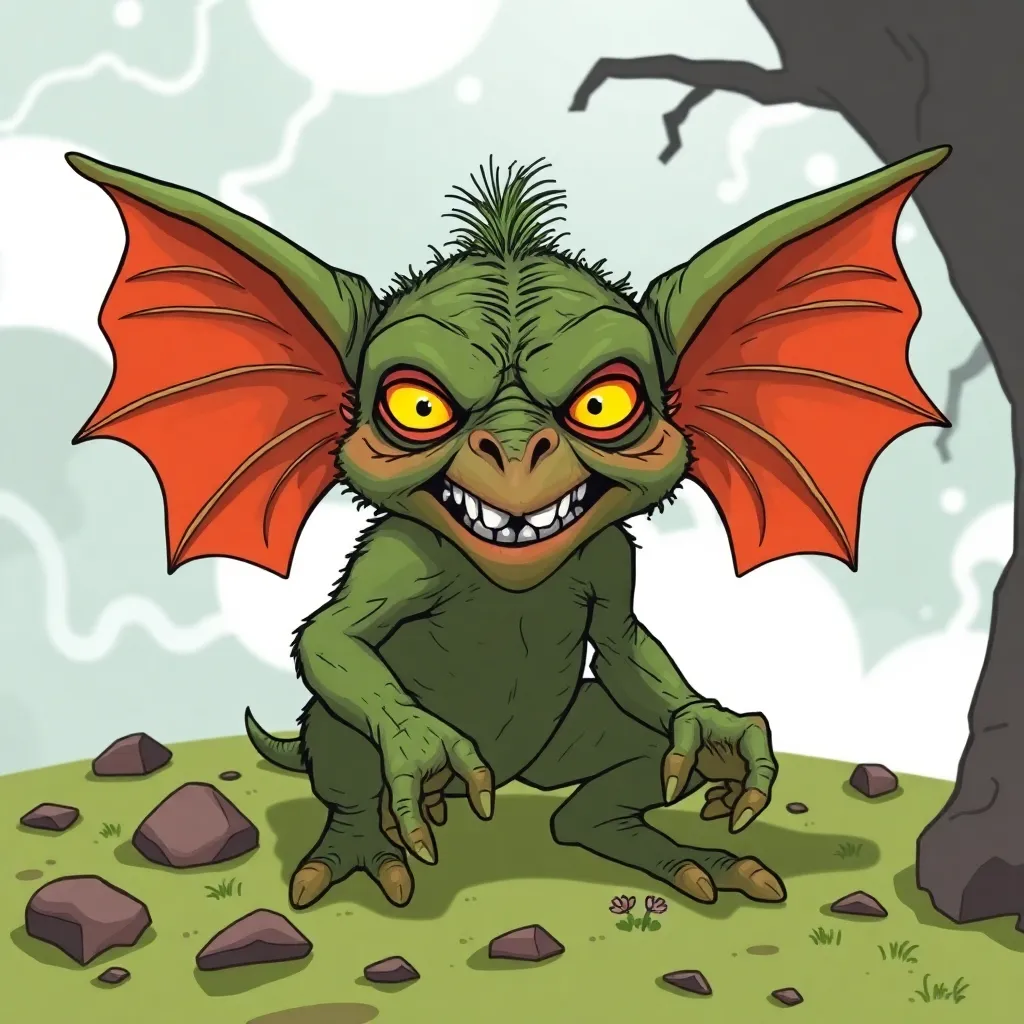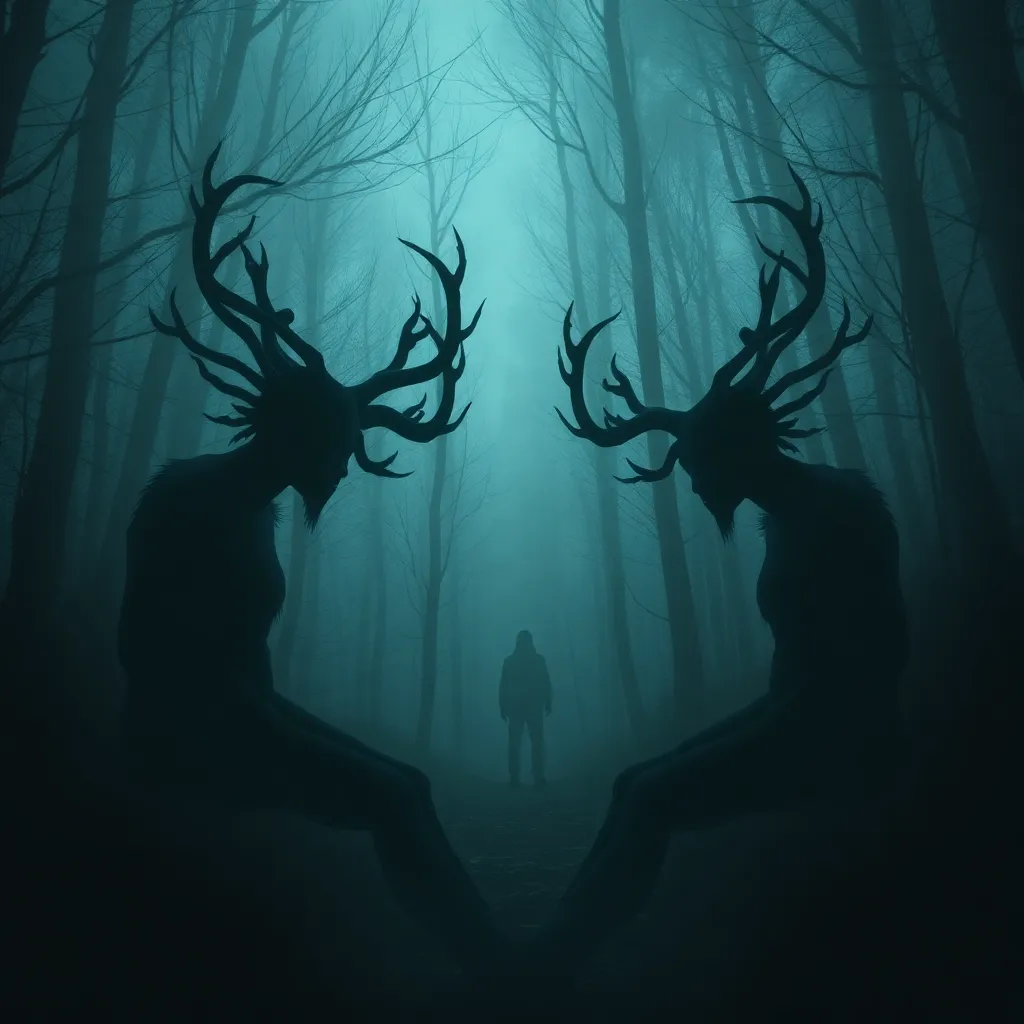The Harpies of the Nile: Exploring Egyptian Mythology for Harpy Parallels
I. Introduction
The world of mythology is rich with fascinating creatures and deities, each playing a crucial role in the tales that shape their respective cultures. Among these, the Harpies of Greek mythology stand out as winged spirits known for their dual nature of being both messengers and tormentors. This article aims to explore the parallels between Greek Harpies and figures from Egyptian mythology, shedding light on the interconnectedness of these ancient narratives.
Understanding these parallels not only enriches our knowledge of mythological traditions but also highlights how cultures influence one another. By examining the characteristics, roles, and symbolism of Harpies and their Egyptian counterparts, we can gain deeper insight into how ancient societies interpreted the forces of nature, fate, and gender.
The purpose of this article is to delve into the nature of Harpies, provide an overview of Egyptian mythology, and explore the role of women and winged deities in both traditions, ultimately revealing the shared themes and motifs that transcend cultural boundaries.
II. The Nature of Harpies in Greek Mythology
Harpies are often depicted as winged spirits, with the body of a bird and the face of a woman. They are primarily known for their swift movements and their ability to swoop down upon unsuspecting mortals. Their characteristics can be summarized as follows:
- Appearance: Typically portrayed as having the wings of a bird and the features of a woman.
- Behavior: Known for stealing, tormenting, and delivering messages or omens.
- Symbolism: Representations of the destructive forces of nature, as well as harbingers of fate.
In Greek mythology, Harpies serve various roles, from executors of divine retribution to protectors of sacred spaces. They often embody themes of fate and retribution, symbolizing the inevitable consequences of one’s actions. Notable myths include the Harpies’ torment of King Phineas, where they would steal his food, illustrating their role as agents of punishment.
III. Egyptian Mythology: An Overview
Egyptian mythology is a complex tapestry of gods, goddesses, and mythical creatures, each with distinct characteristics and stories. Key deities include:
- Ra: The sun god, embodying light and creation.
- Isis: A goddess of magic and motherhood, revered for her nurturing qualities.
- Ma’at: Goddess of truth and justice, symbolizing order in the universe.
Themes prevalent in Egyptian mythology often revolve around life, death, and the afterlife, with a strong emphasis on the cyclical nature of existence. Animal symbolism plays a significant role, as many deities are represented with animal heads or forms, reflecting their attributes and powers.
IV. The Role of Women in Egyptian Mythology
Women in Egyptian mythology are predominantly portrayed through the lens of powerful and complex deities. Figures like Isis and Hathor embody both nurturing and vengeful aspects. Their attributes can be compared to the dual nature of Harpies in Greek tales, showcasing how women can be both protectors and agents of vengeance.
- Isis: A nurturing figure who also exacts revenge on those who wrong her.
- Ma’at: Represents order but punishes chaos and deceit.
This duality mirrors the Harpies’ role in Greek mythology, where they can be both supportive of divine will and punishing to mortals. The portrayal of women as multifaceted beings highlights the complexity of gender roles in mythology, revealing how ancient cultures viewed femininity as powerful yet unpredictable.
V. The Winged Goddesses of Ancient Egypt
Winged goddesses like Ma’at and Isis play significant roles in Egyptian mythology, symbolizing protection, truth, and life. Their wings are often depicted as a means of providing shelter and guidance, contrasting with the more chaotic nature of the Harpies.
The symbolic representations of wings can be seen in various ways:
- Protection: Wings are often associated with safeguarding the innocent and guiding souls to the afterlife.
- Divine Authority: The presence of wings signifies a connection to the divine and the ability to transcend earthly limitations.
The parallels between these Egyptian goddesses and the Harpies lie in their associations with flight and the power they wield. Both serve as reminders of the forces beyond human control, whether for protection or punishment.
VI. Mythical Creatures of the Nile
Beyond goddesses, Egyptian mythology is filled with various winged beings that embody diverse aspects of life and death. Some notable examples include:
- The Phoenix: A symbol of rebirth and immortality, often associated with the sun.
- Winged Serpents: Representing chaos and protection, they often play dual roles in mythology.
Many of these creatures, like the Harpies, possess dual roles: they can be protectors of sacred spaces or harbingers of calamity. This duality reflects the complexities of life, death, and divine intervention in both mythologies.
VII. Cultural Exchange: Greek and Egyptian Influences
The historical context of interactions between Greek and Egyptian cultures is rich and multifaceted. The conquests of Alexander the Great and subsequent Hellenistic period led to significant cultural exchanges.
Both mythologies influenced one another, leading to shared motifs and themes. For example, the Greeks adopted various Egyptian gods, integrating them into their pantheon. The influence can be observed in:
- Iconography: Similar depictions of winged beings across both cultures.
- Themes of Fate: The concept of divine retribution and protection can be found in both traditions.
These cultural exchanges are crucial for understanding how myths evolved and adapted over time, illustrating the fluid nature of storytelling across civilizations.
VIII. Conclusion
In conclusion, the exploration of Harpy parallels within Egyptian mythology reveals a rich tapestry of shared themes and motifs. From the dual nature of female figures to the symbolism of wings, both mythologies provide insights into how ancient cultures understood the complexities of existence, fate, and divine intervention.
Understanding these cultural interconnections not only deepens our appreciation for these mythologies but also emphasizes the universal human experience reflected in storytelling. The enduring legacy of these narratives continues to resonate, reminding us of the powerful forces that shape our beliefs and values.




